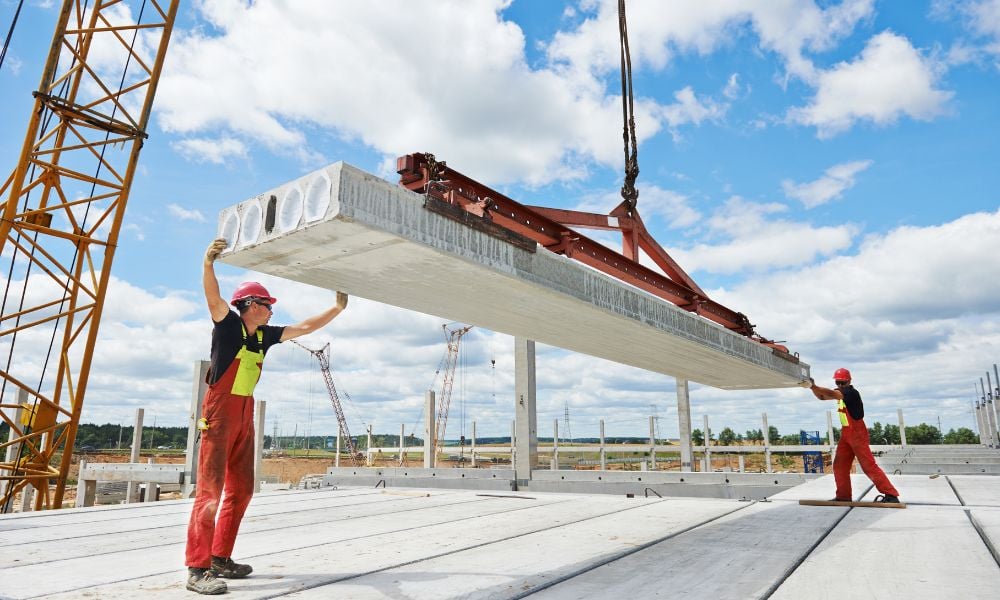Research looks at the connection between precarious work and premature death

"Employment quality matters—not just for earnings or job satisfaction, but for survival," says Faraz Vahid Shahidi, delivering a stark warning to health and safety professionals during a recent webinar hosted by the Institute for Work & Health (IWH).
Shahidi is an associate scientist with IWH and the author of a new Canadian study revealing a direct link between the type of job a person holds and their likelihood of dying from suicide, drug poisoning, or alcohol-related causes—deaths increasingly categorized as “deaths of despair.” The findings challenge the notion that having any job is enough to safeguard health, instead pointing to job quality as a critical, and often overlooked, determinant of life expectancy.
Groundbreaking national study
Published in the American Journal of Epidemiology, the study analyzes data from 2.8 million working-age Canadians, following their employment and mortality outcomes from 2006 to 2019. Drawing on the Canadian Census Health and Environment Cohort, the researchers used statistical modeling to classify employment into five distinct types: standard, portfolio, marginal, intermittent, and precarious.
Standard employment represents secure, stable, well-paid work. At the opposite end is precarious employment—jobs that are insecure, unstable, and poorly compensated. Shahidi and his team found that workers in these low-quality roles face significantly elevated risks of early death.
Compared to those in standard employment, workers in precarious jobs are more than three times as likely to die from drug poisoning and nearly twice as likely to die from alcohol-related causes. The risk of suicide is also markedly higher—2.4 times greater for women and 1.7 times greater for men in precarious work.
"The further you move from secure, rewarding work toward the precarious end of the spectrum, the higher the risk," Shahidi says. "There is a clear gradient across employment quality—one that literally tracks who lives longer and who doesn’t."
Women disproportionately affected
The study also reveals important gender disparities. While men experience higher absolute rates of suicide and substance-related deaths, the relative impact of precarious work is more pronounced among women. Women in marginal and precarious jobs are significantly more likely to die by suicide or drug poisoning than women in secure jobs.
"This was a striking pattern," Shahidi says. "We often assume men are more affected by job stress, but here we see that precarious work may pose an even greater relative risk for women—especially when you factor in caregiving burdens and a lack of support in both spheres."
Cumulative risk for older workers
Older workers also emerge as a high-risk group. While younger Canadians are more likely to be employed in precarious roles, the health consequences are sharper for older workers, particularly those aged 45 to 64. According to Shahidi, precarious employment later in life may reflect decades of cumulative disadvantage—resulting in worse health outcomes over time.
Beyond hazards: A new frontier in occupational health
The implications for occupational health are significant. Traditionally focused on injury prevention and hazard control, workplace safety strategies must now account for the long-term psychosocial impacts of poor employment conditions. Chronic job insecurity, underemployment, and inadequate pay are no longer just economic concerns—they are occupational health risks.
"Employment protects mental health—but only when it’s good employment," Shahidi says. "Being employed doesn’t automatically insulate someone from despair. In fact, certain jobs may push people deeper into it."
A call for better jobs, not just more jobs
He urges health and safety professionals to advocate for policies and workplace standards that promote job quality—stability, sufficient income, and opportunity for growth—alongside physical safety. While the study does not recommend specific interventions, it positions employment quality as a powerful, upstream lever for reducing deaths of despair.
"We don’t just need more jobs," Shahidi concludes. "We need jobs that don’t kill people slowly."




